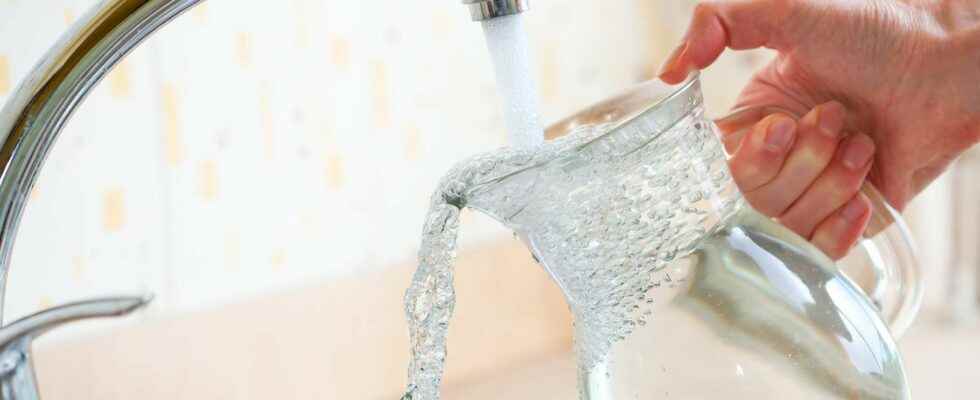Filter carafe, softener, ultraviolet treatment, tap filtration, water reverse osmosis: there are many solutions for filtering tap water. Discover the characteristics of the different devices to make an informed choice.
You will also be interested
[EN VIDÉO] Can we recycle water endlessly? How can science help improve water management as part of the circular economy? This is the question posed by the actors behind the European nextGen project.
Even if, in France, thetap water is of good quality and drinkablea filter water household can improve the taste and clean it by removing any particles that may still be there. What are the various methods for filter water tap ?
The filter jug and its cartridges
A first solution is quite simply the purchase of a filter jug. It can hold two to five liters of water. The filtration is done by a cartridge which must be changed every month. However, a test carried out by the UFC What to choose involving 31 volunteer families showed that, in practice, the quality of water from these jugs was degraded. Indeed, some bacteria could develop there because of the stagnation of water.
The softener to fight against limescale
L’water softener helps to fight against limestone. On the other hand, it causes overconsumption of water and significant discharges of brine.
Ultraviolet eliminates microbes but not pollutants
If you want to get rid of germstreatment with ultraviolet can be a solution. However, it has the disadvantage of not modifying the composition of the water and therefore “they have no effect on undesirable or polluting substances”explains theUFC What to choose.
A good choice: tap filtration and activated carbon
On-tap filtration is done using a dedicated cartridge, usually coal asset. It removes the taste of chlorine and to retain lead, iron, pesticides and impurities. It thus works according to the same principle as what are called “filtering media”, i.e. sandactivated carbon, but also calcite (if you want to correct the pH of your water) or Birm sand (against iron and manganese).
Binchōtan, or Charcoal drink active white, is also used for its absorbent properties, especially in Japan. Thus, there are bottles containing it to eliminate impurities and neutralize the PH of the water.
Another solution: the filter bag, intended for water with a higher concentration of various particles.
The water osmosis unit, the most efficient household water filter
The most effective domestic water filter remains the reverse osmosis unit. This appliance is placed under the sink and filter the water thanks to its porous membrane which will retain 99% of the harmful elements still contained in the watersuch as bacteria and pollutants such as nitrates, copper or chrome. Connected to the water supply, the osmosis unit operates continuously and is neither noisy nor visible.
Reminder: Water filters do not retain limestone (only the softener allows it) and they all have their qualities and their defects. Find out about the quality of your water and your needs before any purchase.
Interested in what you just read?
